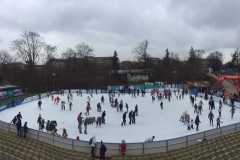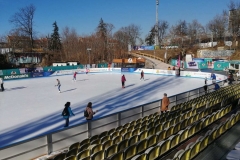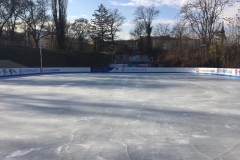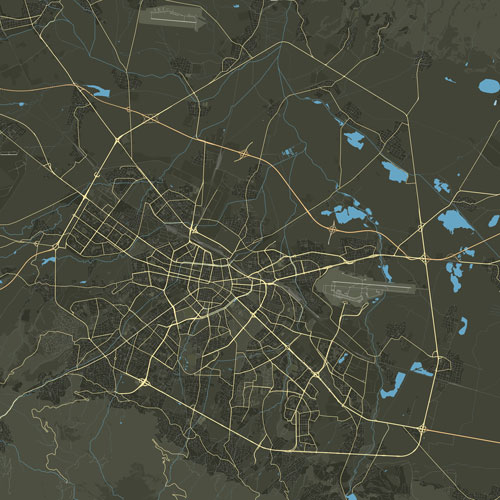In 1904, marking the Third Youth Congress, Sofia saw the construction of its first football field, “Yunak,” which remained the city’s sole football venue until 1920. On June 14, 1924, during the 6th Youth Assembly, the refurbished “YUNAK” field was inaugurated, with a perpetually granted land stretching over 40 decares. The deed explicitly stated that in the event of “Yunak’s” dissolution, Sofia Municipality would retain the property, with a provision to revert it should the youth sports association be reestablished.
Following this, on October 8, 1924, through protocol No. 39 by the Metropolitan Municipality, FC-13, the oldest metropolitan club, was allocated a field north of “Yunak” stadium. By 1926, this field was integrated into the “Yunak” sports complex, granting FC-13 complimentary usage rights.
Additionally, on October 13, 1924, with protocol No. 42, “Levski” football club was granted building rights on a 16.2-decare plot (later expanded to 26 decares) to the north. Here, the “Levski” stadium, capable of seating 10,000 spectators, was constructed through volunteer efforts and donations.
Yunak Stadium, along with Levski Stadium, fulfilled the role of the national stadium until both were demolished in 1949. The site of the Levski Stadium was repurposed for the construction of the Vasil Levski National Stadium, while the Druzhba Ice Rink replaced Yunak Stadium, which was later reverted to its original name post-1990.
Yunak Stadium, enveloped by stands and boasting a capacity of approximately 25,000, stood as Bulgaria’s largest stadium at the time, serving as the official venue for the national football team’s matches, including the State Championship and King’s Cup finals.






